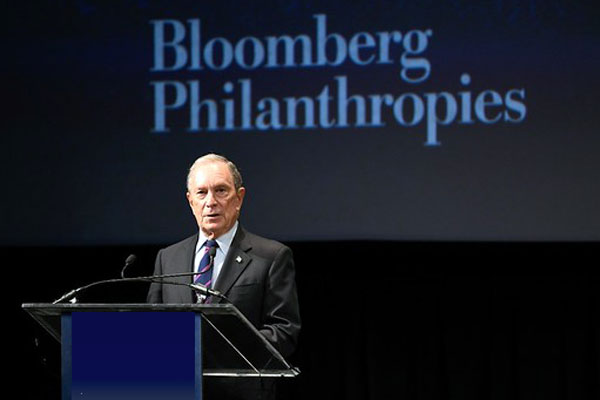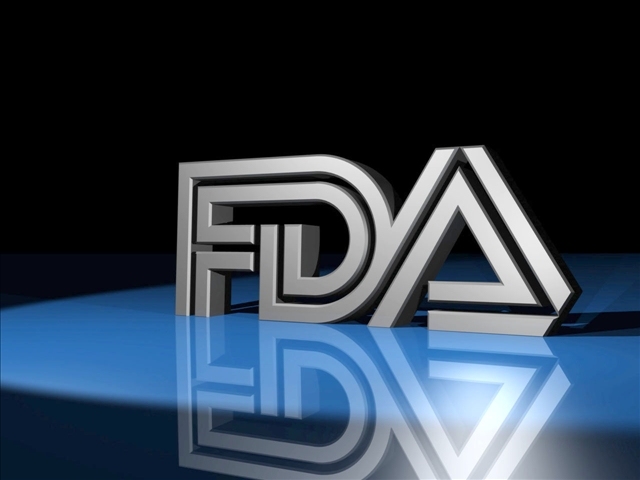
An MP in the United Kingdom is set to introduce a bill into parliament next week that will aim to prohibit the sale of disposable e-cigarettes and vapes.
Caroline Johnson, MP for the Sleaford and North Hykenham constituency which includes Great Gonerby, Barrowby, Marston and Cranwell, wants to introduce this bill after an NHS survey conducted in 2021 and published last year found that nearly one in five (18 percent) of fifteen-year-olds considered themselves e-cigarette users.
Johnson, an NHS children’s doctor and member of Parliament’s Health and Social Care Select Committee, is due to highlight the positive impact a potential ban on disposable vapes and e-cigarettes would have on the country as part of her 10-Minute Rule Bill on Wednesday, February 8.
“Reusable e-cigarettes and vapes remain an important aid to quitting smoking, but I fear that their colorful, child-friendly flavored, disposable counterparts are luring non-smokers into a life of addiction, which risks creating a new generation of nicotine addicts,” said Johnson.
“I look forward to presenting my bill to parliament soon and to highlighting the effects disposable e-cigarettes and vapes are having on our nation’s health and natural environment.”
The Scottish government has officially commissioned an “urgent review of the environmental impacts and management of single-use vapes.”
The review, which comes in response to emerging concerns around the negative consequences of disposable vaping devices, will inform potential policy responses, which could include a ban of the products.



















